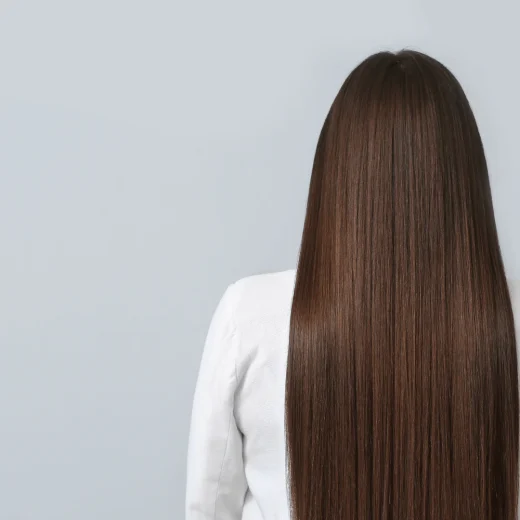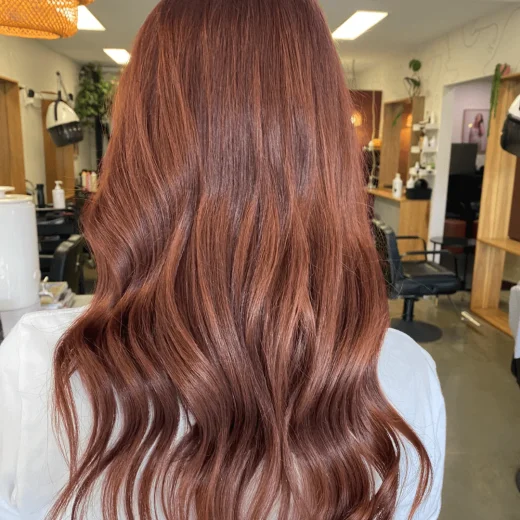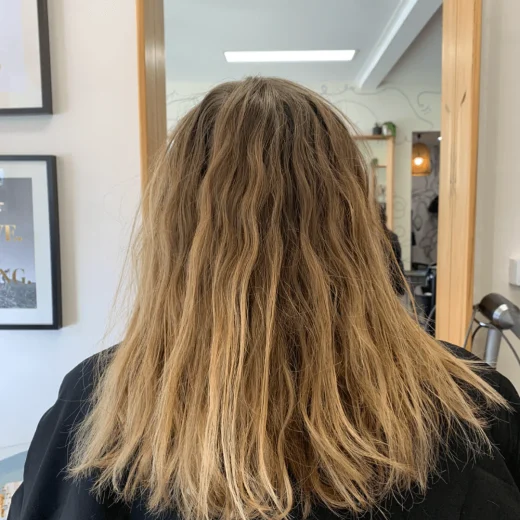What is Type 1 Hair?
Type 1 hair is characterized by its completely straight texture with zero natural curl pattern. Unlike other hair types, Type 1 hair tends to be smooth, sleek, and often reflects more light due to its straight structure. This hair type is typically produced by round hair follicles that grow straight out of the scalp, creating a uniform, flat appearance.
Types of Type 1 Hair
1A Hair Type
1A hair is the finest and most delicate straight hair type. Characteristics include:
- Extremely thin and soft texture
- Pin-straight appearance
- High shine and smooth surface
- Prone to looking flat or limp
- Often lacks volume at the roots

1B Hair Type
1B hair is slightly thicker and more robust compared to 1A. Key features include:
- Medium thickness
- More volume at the roots
- Slightly more texture
- Better ability to hold hairstyles
- Less prone to looking completely flat

1C Hair Type
1C hair represents the coarsest and thickest straight hair type. Notable characteristics:
- Thick, strong hair strands
- More resistant to styling
- Higher tendency to be frizzy
- Enhanced volume compared to 1A and 1B
- Potentially more challenging to manage

Can Type 1 Hair Get Curly?
While Type 1 hair is naturally straight, it can potentially develop curl or wave patterns through:
- Chemical treatments
- Permanent or temporary styling techniques
- Hormonal changes
- Heat styling methods
- Specific hair care routines
How to Take Care of Type 1 Hair
Caring for Type 1 hair requires understanding its unique characteristics:
- Use lightweight, volumizing shampoos
- Avoid heavy conditioning products
- Apply products near roots to prevent weighing down
- Use dry shampoo to maintain volume
- Minimize heat styling to prevent damage
Main Differences Between Type 1 and Type 2 Hair
Key distinctions include:
- Type 1 (straight) lacks any natural curl pattern
- Type 2 (wavy) features slight wave or bend
- Type 1 reflects more light
- Type 2 has more texture and movement
- Type 1 requires different styling techniques
What is the Rarest Hair Type?
Type 1A hair is considered the rarest hair type, characterized by extremely fine, thin, and completely straight strands. Its unique texture makes it challenging to style and maintain volume.
Can You Change Your Hair Type from Type 1 to Type 2?
Permanently changing hair type is challenging but possible through:
- Chemical treatments
- Permanent wave procedures
- Long-term hormonal changes
- Specialized hair care routines
4 Reasons to Know Your Hair Type
1. Proper Hair Care
Understanding your specific hair type allows for targeted care strategies that address unique needs and challenges.
2. Damage Prevention
Knowing your hair type helps select appropriate products and styling techniques that minimize potential damage.
3. Styling Options
Different hair types require different styling approaches to achieve desired looks and maintain hair health.
4. Healthy Hair Growth
Tailored care based on hair type promotes optimal hair growth and overall hair health.
Is Type 1 Hair Suitable for Hair Transplant?
Type 1 hair can be excellent for hair transplant procedures due to:
- Smooth, uniform texture
- Easier graft placement
- More predictable growth patterns
- Better coverage potential
At Erdem Hospital, our specialists understand the nuanced requirements of Type 1 hair and can provide personalized hair restoration solutions that enhance your natural hair characteristics.
Type 1 hair offers unique beauty and styling possibilities. By understanding its characteristics and specific care requirements, individuals can maximize their hair’s potential and maintain its health and appearance.